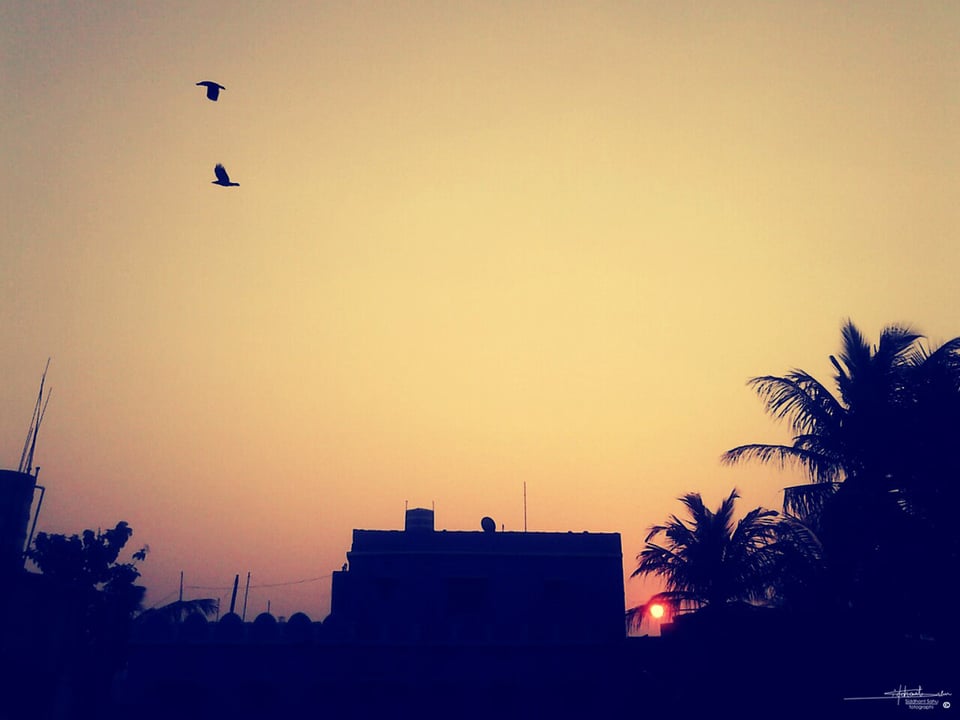نصائح التصوير بالهواتف الذكية
يُعرف القرن الحادي والعشرون أيضًا باسم "عصر الهواتف الذكية". تطورت الهواتف الذكية بسرعة خلال هذا العقد وحققت نجاحًا باهرًا، وكذلك التصوير بالهواتف المحمولة. تتميز الهواتف الذكية اليوم بتجهيزاتها المتطورة ومواصفاتها المتعددة، بدءًا من المعالجات السريعة ووصولًا إلى الشاشات عالية الدقة. كما تتميز هذه الهواتف بقوة تصوير عالية، حيث تتميز بكاميرات مدمجة رائعة. على الرغم من صغر حجم مستشعراتها، إلا أن معظمها مزود بعدسات صغيرة ومدمجة قادرة على التقاط صور واضحة تُنافس جودة العديد من كاميرات التصوير الفوري.
Smartphone Photography Tips
The 21st century is also known as “the era of smartphones”. Smartphones evolved rapidly in this decade and became a huge success, and so did cell phone photography. Today’s smartphones are well-equipped and loaded with features and specifications, from fast processors to high resolutions displays. And these smartphones are also quite powerful when it comes to photography, featuring wonderful built-in cameras. Despite having tiny sensors, most smartphones are integrated with small and compact lenses capable of delivering crisp images that can directly compete with many point-and-shoot cameras in terms of image quality.

يُعرف القرن الحادي والعشرون أيضًا باسم "عصر الهواتف الذكية". تطورت الهواتف الذكية بسرعة خلال هذا العقد وحققت نجاحًا باهرًا، وكذلك التصوير بالهواتف المحمولة. تتميز الهواتف الذكية اليوم بتجهيزاتها المتطورة ومواصفاتها المتعددة، بدءًا من المعالجات السريعة ووصولًا إلى الشاشات عالية الدقة. كما تتميز هذه الهواتف بقوة تصوير عالية، حيث تتميز بكاميرات مدمجة رائعة. على الرغم من صغر حجم مستشعراتها، إلا أن معظمها مزود بعدسات صغيرة ومدمجة قادرة على التقاط صور واضحة تُنافس جودة العديد من كاميرات التصوير الفوري.
Smartphone Photography Tips
The 21st century is also known as “the era of smartphones”. Smartphones evolved rapidly in this decade and became a huge success, and so did cell phone photography. Today’s smartphones are well-equipped and loaded with features and specifications, from fast processors to high resolutions displays. And these smartphones are also quite powerful when it comes to photography, featuring wonderful built-in cameras. Despite having tiny sensors, most smartphones are integrated with small and compact lenses capable of delivering crisp images that can directly compete with many point-and-shoot cameras in terms of image quality.









تعليق